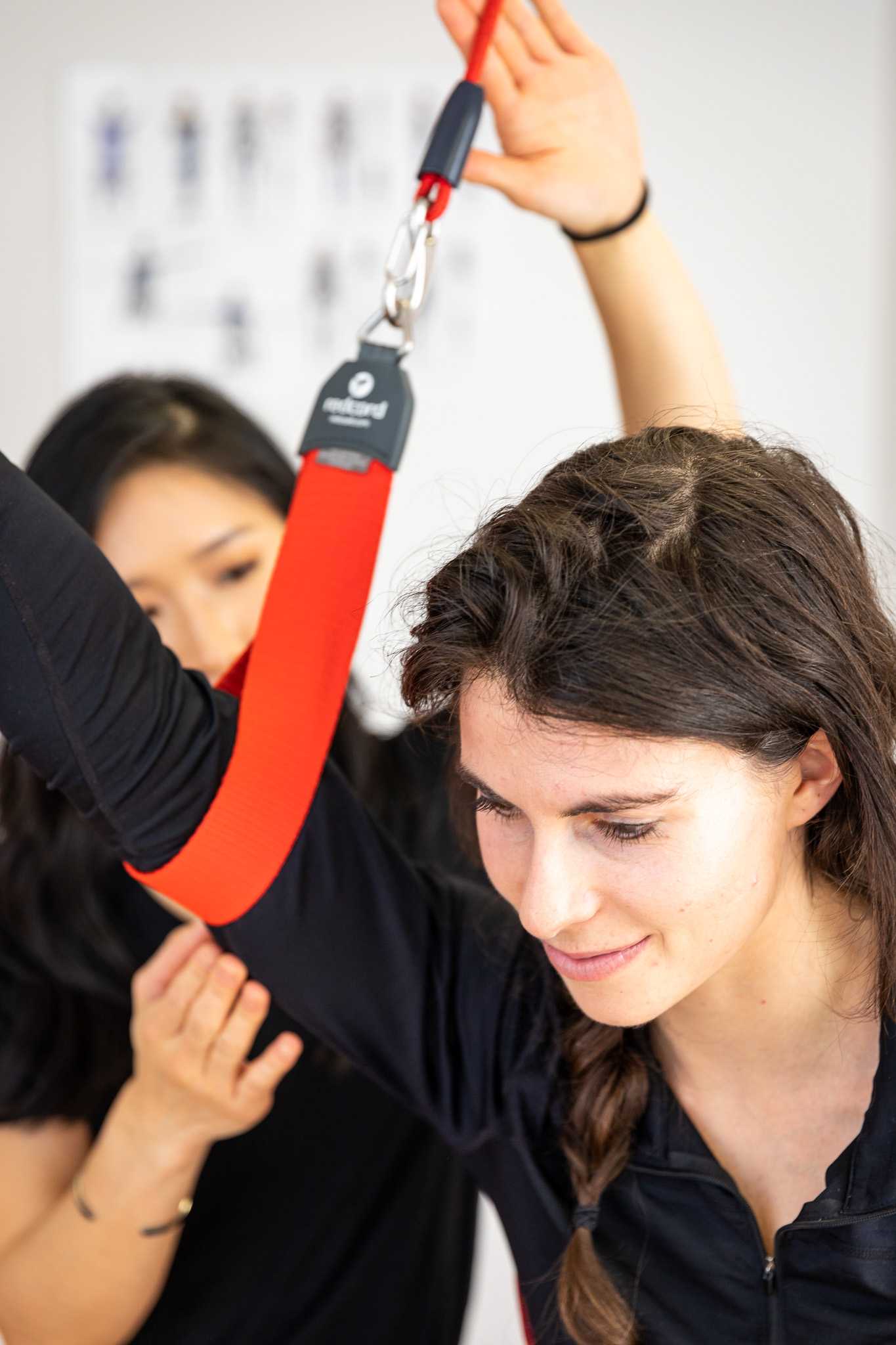Purpose: This study aimed to conduct experiments to examine the effects of wrist eccentric control exercise or shoulder stabilization exercises after a basic direct treatment of the elbow in the treatment of tennis elbow patients in terms of pain and grip strength.
Subjects and Methods: The subjects were divided into two groups: one group conducted wrist eccentric control exercise and was comprised of 5 male and 4 female subjects, and the other group received shoulder stabilization exercise and was comprised of 5 male and 4 female subjects.
Results: In the intragroup comparison, both groups showed a significant decrease in pain level and significant increase in the measurement of the tenderness thresholds of the upper trapezius muscle,
lateral epicondyle, and grip strength. In the intergroup comparison, the shoulder stabilization exercise group showed a significantly greater increase in the measurement of the tenderness thresholds of theupper trapezius muscle and grip strength, and the differences were not significant in the pain level and
tenderness threshold of the lateral epicondyle.
Conclusion: Wrist eccentric control exercise and shoulder stabilization exercises can be useful as intervention methods for relief from pain due to lateral epicondylitis and for the improvement of functions impaired by tennis elbow.
Key words: Tennis elbow, Wrist eccentric control exercise, Shoulder stabilization.





